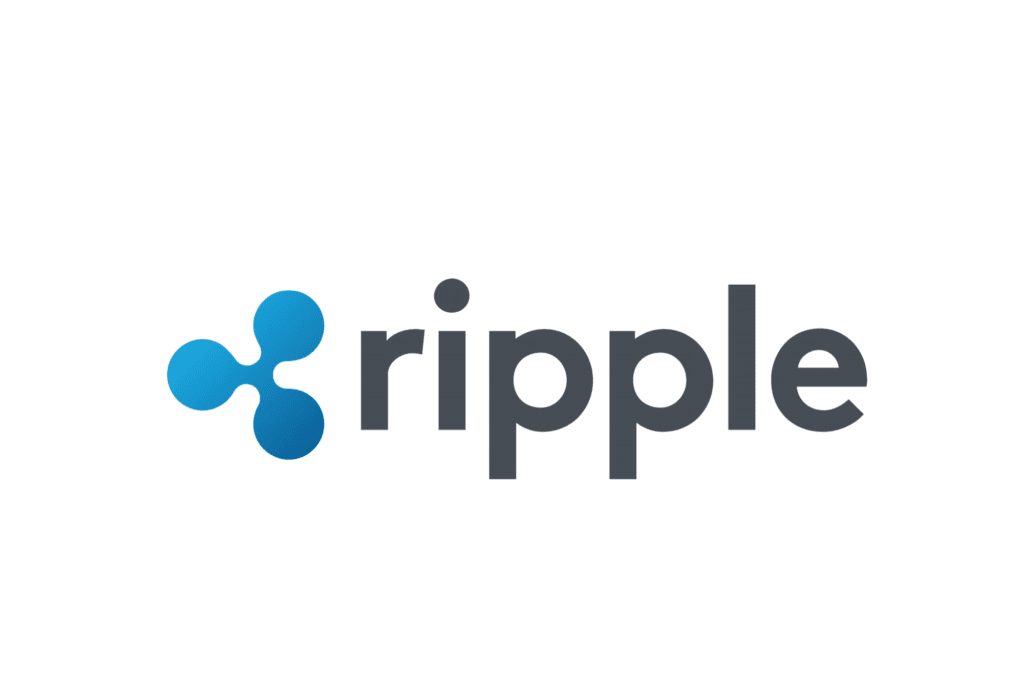In terms of market cap, Ripple occupies the second spot among all cryptos with an impression valuation of $128 billion. That valuation sits above that of Airbnb, Uber and Slack put together and we need to factor in a pocket change of $20 billion. Ripple was also the best performing all cryptocurrencies in 2017 rising an astounding 36,000% during the year.
From 2012, Ripple has been riding the success wave raising about $93 million from top VC firms in the Silicon Valley. These are VCs who have routinely invested in startups like Slack, Facebook and Uber just when they were starting. Therefore, the same VCs backing Ripple is an affirmation of the belief they have in Ripple’s mission and its team. But, if you are looking at Ripple to be the next Bitcoin, you should think twice before you make an investment decision. Here are some of the top reasons:-
XRP and Ripple are not the same
Many people believe that everything Ripple is XRP. There is a misnomer here because with most other the coins are the same as the crypto. For instance Ethereum vs. ETH or BTC vs. Bitcoin. But, with Ripple things are different and therefore it takes an understanding of Ripple as a company.
Ripple started in 2012 and was named Opencoin at that time before transitioning to Ripple in 2015 and is presently based out of San Francisco in California. The company employs over 150 people, enjoys a nice office and sells banking software built on the blockchain technology.
What are Ripple’s activities
It has the following 3 products:-
XCurrent, XVia and XRapid.
The flagship product is XCurrent and presents banks with the ability to make cross border payments efficiently. This product uses RippleNet, which is the Ripple blockchain, but the XRP is not used. The software has been widely accepted by banks because it gives them the opportunity to save time and money while sending payments without introducing several changes or risk with their workflow. XRapid is helpful for banks to improve liquidity while trading in the emerging markets. This is also the singular product from Ripple’s basket that uses the XRP. Banks love this because it frees up large volumes of money they are stuck with, but also dislike it since it also brings along the unknowns like the XRP volatility. XVia is a product currently in the works and scheduled to be released somewhere in the first half of 2018. While being similar to XCurrent, XVia will allow entities apart from banks like payment providers and corporations for instance to send cash through banks . XVia too does not involve use of XRP
Impressed that 100 plus financial institutions are working with Ripple?
It is true that Ripple’s clients list of financial institutions is growing steadily and is beyond the 100 mark now. But, all of them use xCurrent and xCurrent does not work with XRP. Just one out of all the100 plus clients Ripple has uses the XRP and that is a small non banking financial institution named Cuallix which uses xRapid. The growing partnership with banks brings loads of good for Ripple as a company, but precious little to XRP. No, this does not mean that XRapid will never be used by banks (and therefore XRP) at any time in the near future. As a matter of fact, Ripple has laid out its business plan carefully right from the word go. Once the banks get used to XCurrent, Ripple can cross-sell XRapid to the banks, or perhaps, there may be no such move. For Ripple, the company, this could be a low priority and for investors , it could mean a long waiting game.
Compete with SWIFT?
Many people can potentially misinterpret Ripple’s focus on banking and financial institutions to assume that Ripple would rise to compete with Bitcoin given the massive volume of transactions involved in cross border payments (about $5 trillion is transacted through SWIFT) everyday. SWIFT has already woken up to the potential threat to its nearly 5 decades of existence and with an all new SWIFT Gpi having been rolled out, Ripple will need to cross several hurdles before it can hope to make any significant dent in SWIFT’s pre-eminent position in cross-border payments. SWIFT’s profits stood at $ 31 million during 2016 and that is a bunch of cash to let go. SWIFT employs over 2600 people and works with more than 11,000 institutions.
Ripple is not alone in revolutionizing banking
There are other companies doing this similar to Ripple. They may be lesser known because they are doing identical work WITHOUT a coin of their own. R3 is one example and have partnered with as many as 70 of the largest banks in the world. It would also be interesting to watch out if SWIFT comes out with a coin of its own, given the fact that they have already adopted Blockchain.
In 2014, Jed McCaleb who founded Ripple created Stellar Lumens (XLM) to address problems he encountered with Ripple. Stellar now occupies the 8th spot in terms of market cap and boasts of deals with IBM as well as payment providers in countries like Australia, Malaysia, Indonesia and Korea. Stellar also has the potential to overtake Ripple when they shift their focus outside the banking industry. Stellar protocols also support smart contracts which is a key component of Ethereum. Stellar has also recently won KiK which is a $1B messaging app.
Ripple is controlled by RippleNet and hence not decentralized
RippleNet is controlled by Ripple and the company owns a massive 62% of all the XRP coins that exist. XRP investors are understandably worried over this and Ripple responded by locking up 55 billion coins in an escrow. As with other centralized systems, investors can only trust Ripple to keep their promise. Given the company’s strategy to release 1billion coins every month till the 55 billion coins are exhausted, they are more likely to keep the promise. But, that also puts a lot of cash into the kitty from the sale of all those 55 billion XRP tokens at the prices ruling now. But, a centralized system has more risks than whether the company will focus on fair play and have the investors’ best interests in mind.
Regulation can easily kill centralized digital currencies
Resilience is another issue with centralized digital currencies. Regulation is one weapon that can easily kill centralized digital currencies. Decentralization is a major factor that helps Bitcoin survive while the early entrants like Liberty Reserve, E-gold and Tencent have fallen by the wayside. Similar weakness applies to Ripple too. Inevitably, when things start going wrong, regulators can attack a single entity.
XRP adoption will not give a price increase
Assuming that everything works according to current plans, and Ripple’s client base grows manifold and Ripple XRP is adopted by banks for all their transactions including the high value transactions, and SWIFT is nearly wiped out of business, the price of XRP should go through the roof – right? Well, this may not necessarily be so, since the price of XRP is driven up by investors who hold the coins believing it will appreciate in future. Banks moving large volumes of money across continents are not speculators. Conversely, banks will have a disincentive holding XRP sine the natural volatility of the coin will devolve on them and that is a risk they may not want to take. So, the banks will be holding the token for the least possible time they can. Considering the Ripple Net speed, that time factor is a mere 4 seconds. When actual users of the coin XRP do not hold on to the coins, the market cap of the coin will start climbing down and even taking the current transaction volume of SWIFT, it can translate to just about $230 million which is a far cry from the speculative market cap of $128 billion ascribed to Ripple
Conclusion
Ripple has demonstrated its abilities in the banking and financial industry. But, for XRP the gains would be minimal since Banks/financial institutions will neither hold nor speculate with the XRP tokens. SWIFT is already changing course to address age old issues of delays, problems with tracking transactions, and transparency. That is not good news for the XRP tokens though the impact would be less on Ripple as a company.
If you are investing in XRP, you must be concerned about the future of the coin since the company is unlikely to share its fortunes with you.












